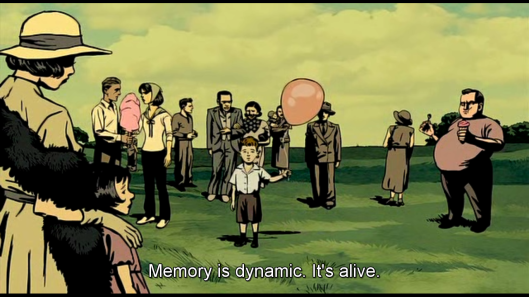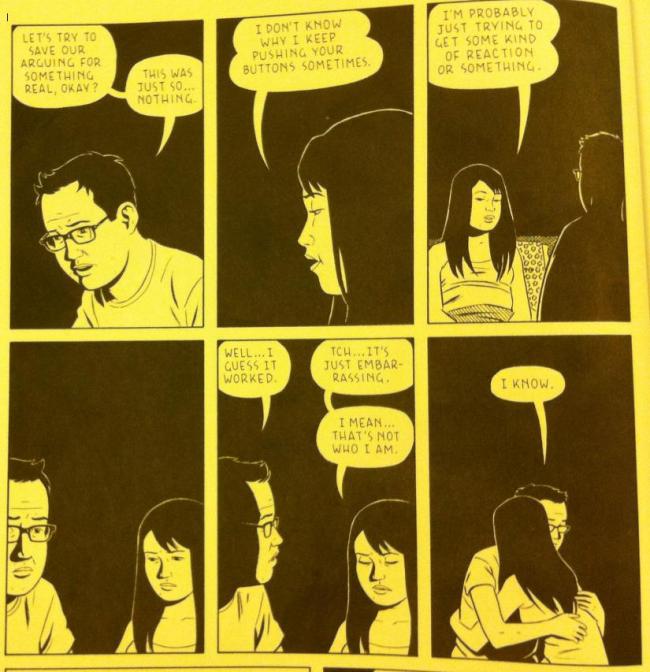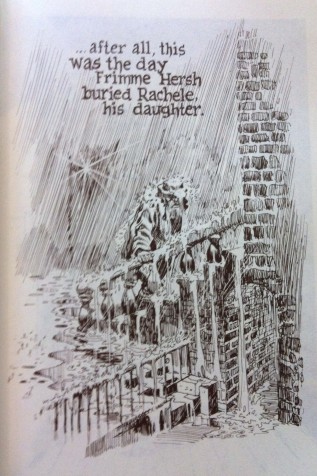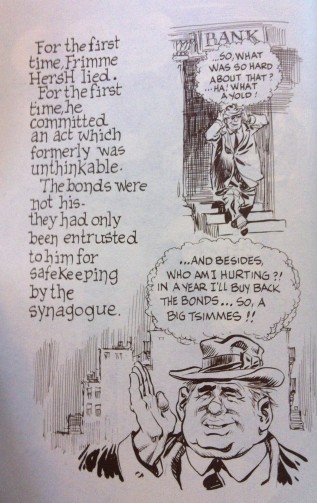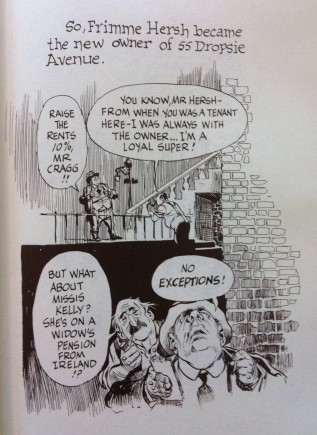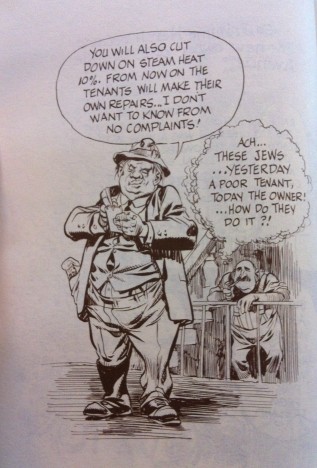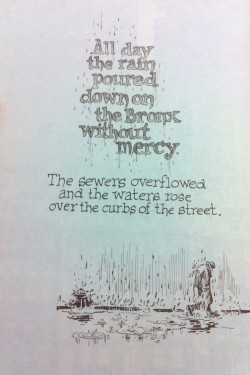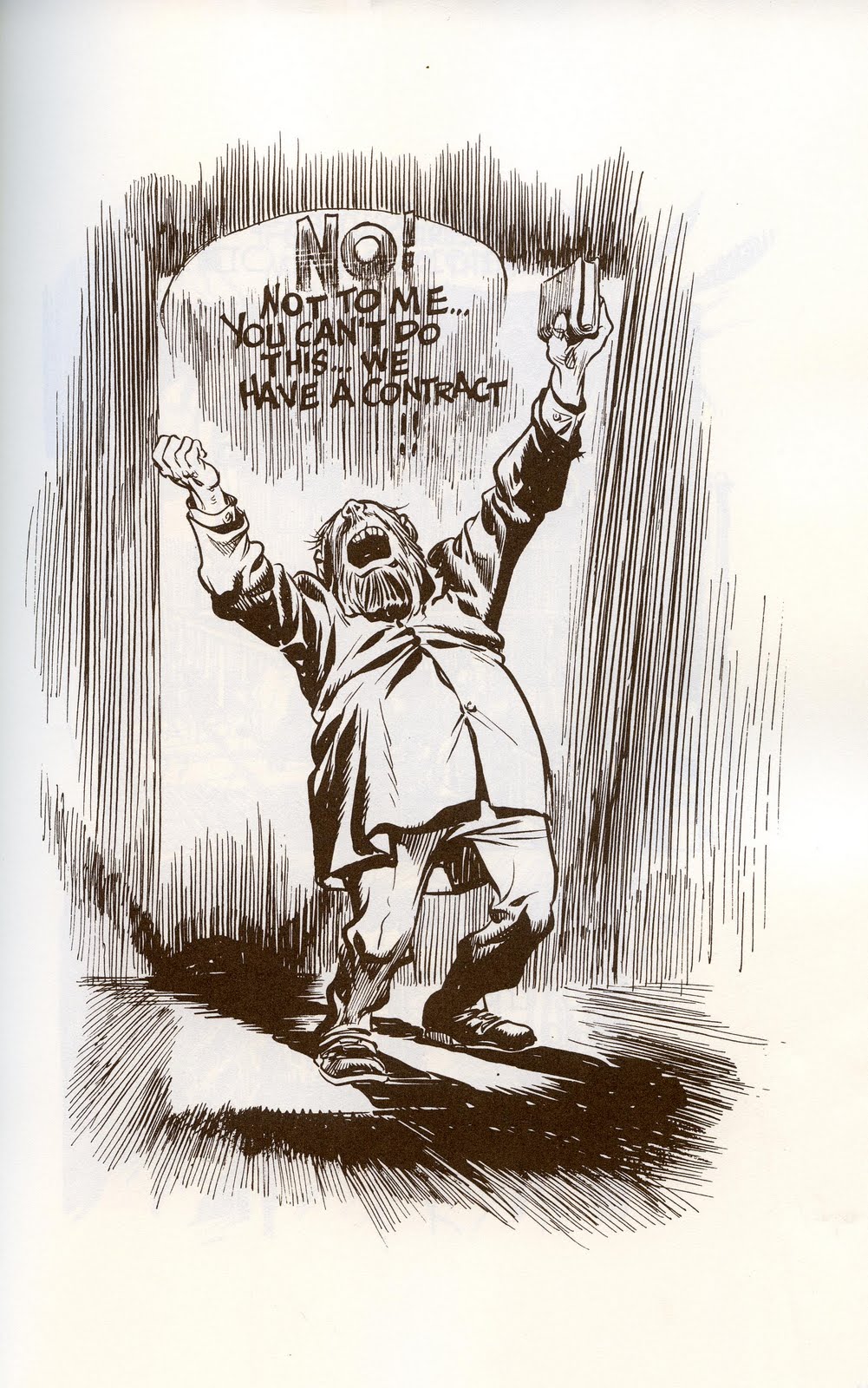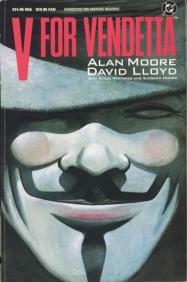Tags
batman, christmas, comics, DC comics, english, film studies, graphic novel, re-envisioning, theory, v for vendetta, winter break
Hello everyone,
It has been entirely too long since I’ve written on, or even visited, my blog. Life has been indescribably busy but unimaginably rewarding. I’ve finished my first semester of grad school and my first semester of teaching, and I could not be happier with both. Being a teacher and a student simultaneously has provided me with a unique but useful perspective on education. I believe this duality has allowed me to become more effective as a teacher and as a student due to the fact that I can understand where my students and professors are coming from. However, understanding is not enough–I try to constantly consider the other’s point of view when planning lessons or doing coursework. I feel like I’ve learned so much and grown so much as an individual during this last four months, I cannot wait to return to education next year.
Anyway, that is enough about my life…now onto the reason I wrote this post. I have just begun my winter break and plan to spend several days reading and analyzing graphic novels. I will post AT LEAST 1 essay during this next week, although my goal is 2. But since I’ve neglected my blog during these last few months, I would like to write about a graphic novel that I KNOW you will enjoy; I’ve attached a poll to this blog and would like you to vote and choose the graphic novel that I write about. Below you will find information about each (the titles are hyperlinks to even more information) and the poll:
A powerful story about loss of freedom and individuality, V FOR VENDETTA takes place in a totalitarian England following a devastating war that changed the face of the planet.
In a world without political freedom, personal freedom and precious little faith in anything comes a mysterious man in a white porcelain mask who fights political oppressors through terrorism and seemingly absurd acts. It’s a gripping tale of the blurred lines between ideological good and evil.

The inmates of Arkham Asylum have taken over Gotham’s detention center for the criminally insane on April Fool’s Day, demanding Batman in exchange for their hostages. Accepting their demented challenge, Batman is forced to endure the personal hells of the Joker, Scarecrow, Poison Ivy, Two-Face and many other sworn enemies in order to save the innocents and retake the prison. During his run through this absurd gauntlet, the Dark Knight’s must face down both his most dangerous foes and his inner demons.

This volume collects 2004’s evocative 7-issue miniseries that took an all-too-human look into the lives of super-heroes, and the terrible price they pay for doing good. When the spouse of a JLA member is brutally murdered, the entire super-hero community searches for the killer, fearing their own loved ones may be the next targets! But before the mystery is fully solved, a number of long-buried secrets rise to the surface, threatening to tear apart and divide the heroes before they can bring the mysterious killer to justice.

Thank you in advance for your input; I’m excited to return to the world of graphic novels. Oh, and your questions/comments about my journey as a teacher/graduate student are always welcome 🙂


